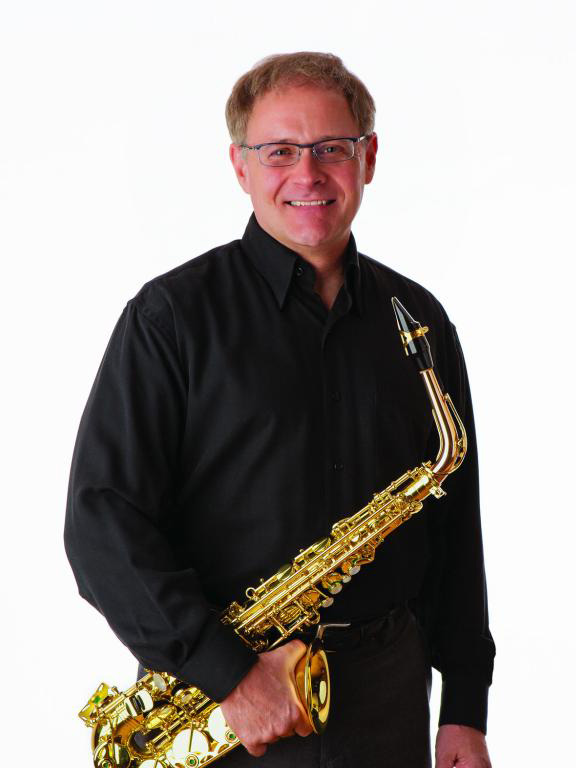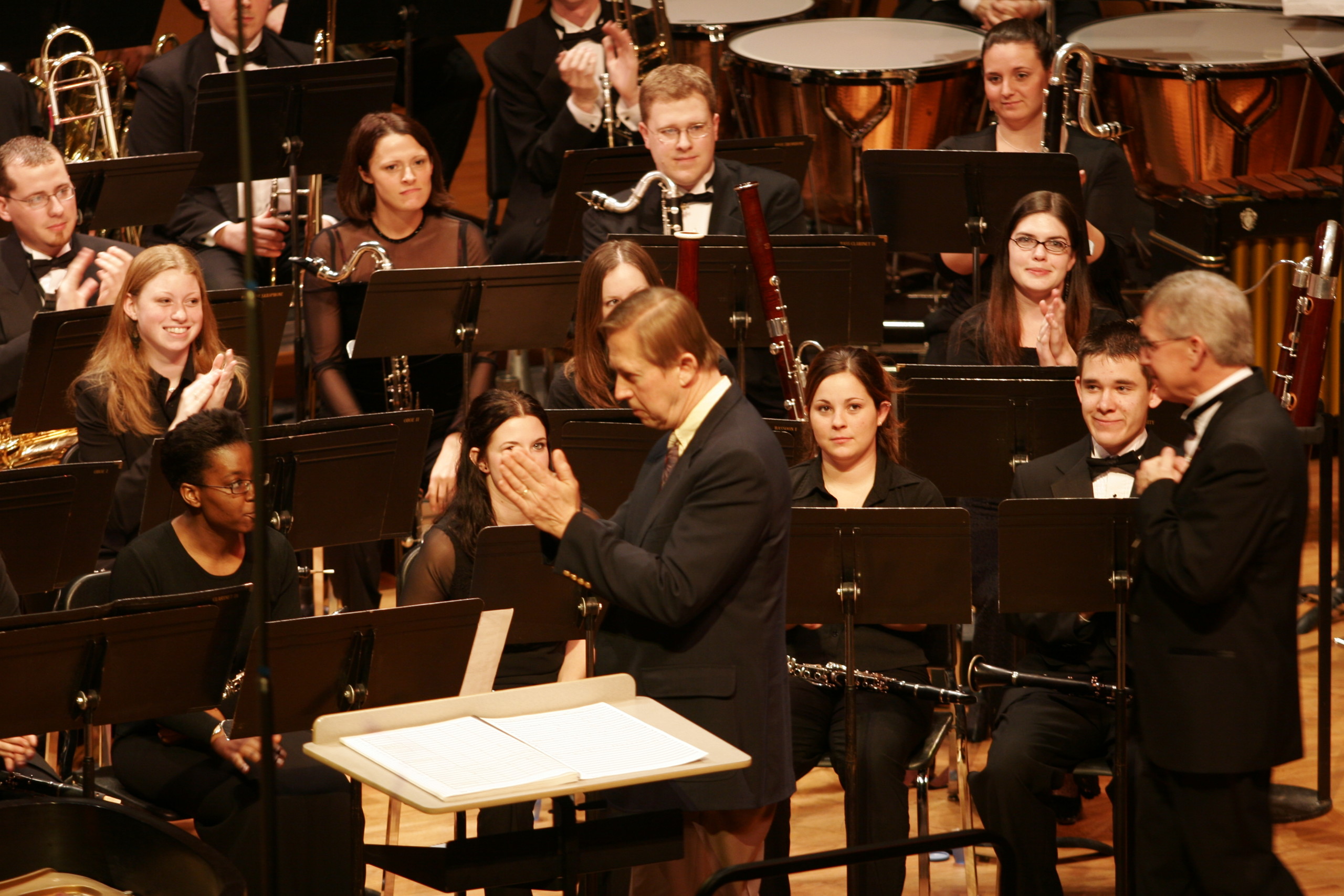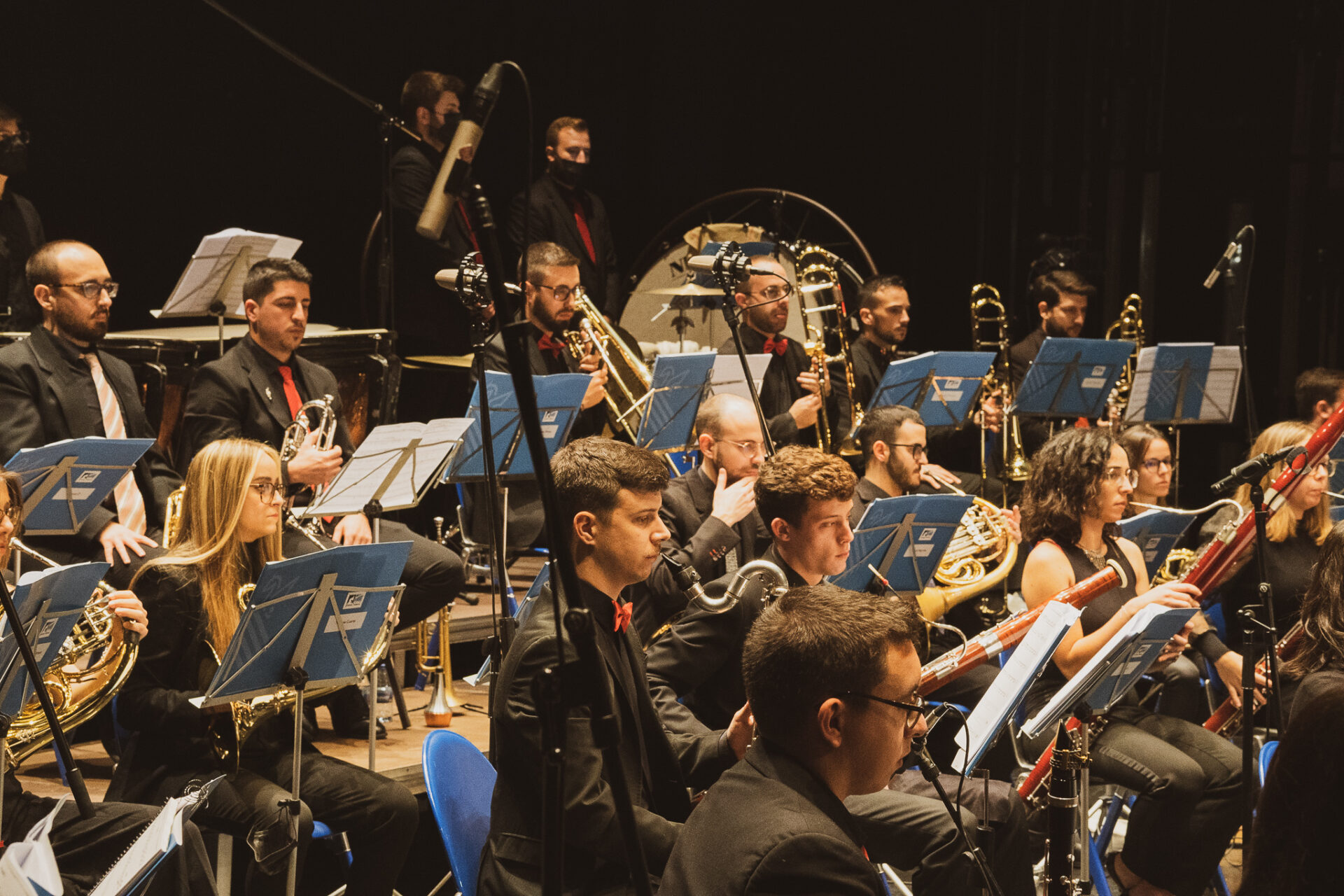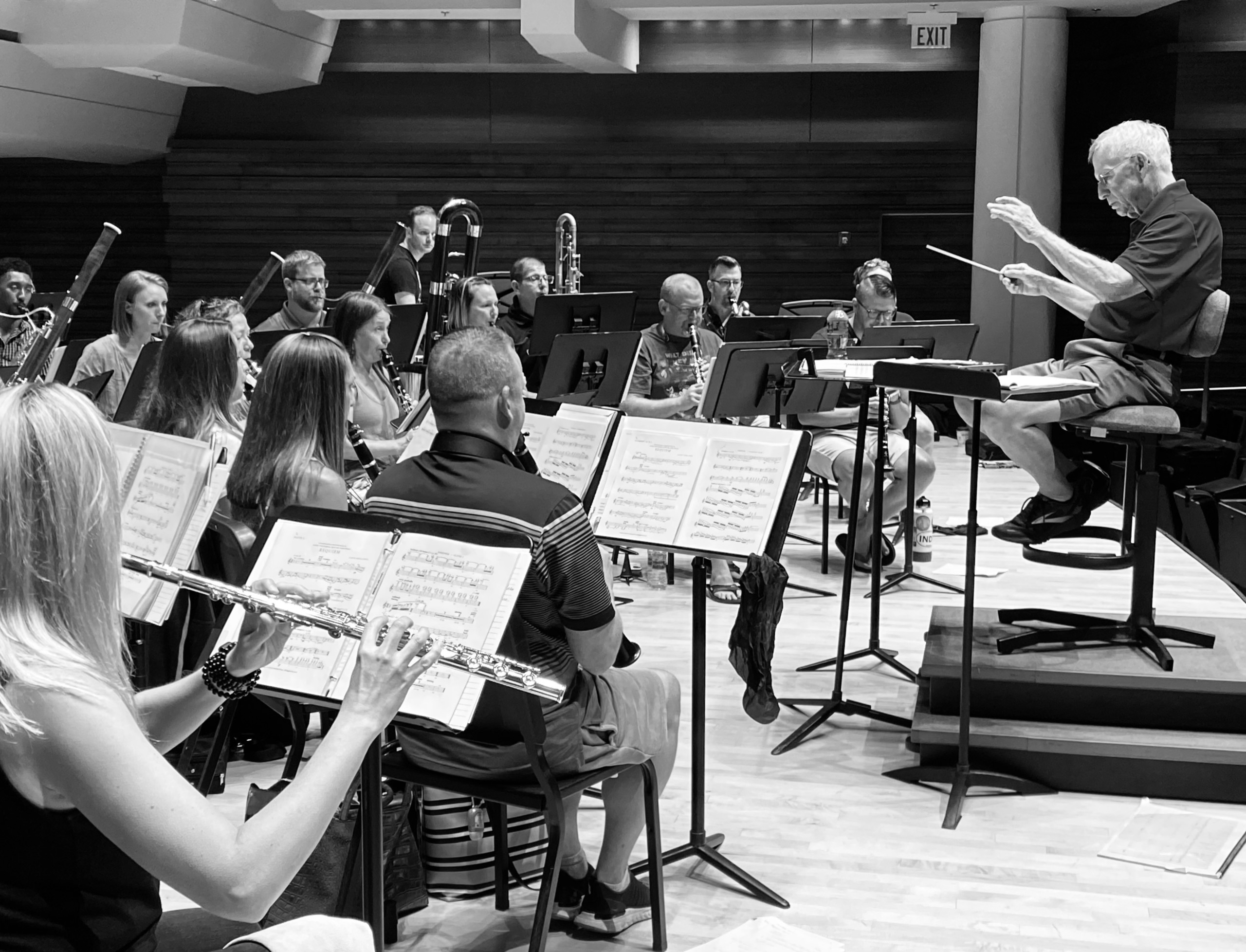Maslanka Weekly highlights excellent performances of David Maslanka’s music from around the web.
Time, memory, and the passing of time are important reoccurring themes in David’s music. In his masterpiece, Symphony No. 9, David begins the work with a reading of “Secrets” by W.S. Merwin. In this incredible poem, the uncertainty and dilemma of time is expressed as “continuing fiction” which “eludes our dear hope and our reason.”
This week, we feature three of David’s works that contemplate the enigma of time: “At This Time” from Songs for the Coming Day, Symphony No. 10: The River of Time, and “A Song for the End of Time” from Song Book for Flute and Wind Ensemble.
Songs for the Coming Day – I. At This Time
From David’s Program Note:
Songs for the Coming Day is in nine movements, and runs about 48 minutes. It was commissioned by the Masato Kumoi Sax Quartet and consortium. The movements are relatively brief “songs without words” with titles such as Breathing, Awakening, Letting Go of the Past, and The soul is here for its own joy. Eight of the nine movements are varying degrees of slow, emphasizing longer durations and quieter dynamics. There is a high demand for precise ensemble awareness and blended tone qualities. The title Songs for the Coming Day reflects my belief that under the chaotic surface of our world there is a rising creative energy through which is growing a new idea of living in harmony with ourselves and the Earth.
Watch below as the Syzygy Saxophone Quartet gives a moving performance of “At This Time” from their album Songs for the Coming Day.
More info
- Syzygy Quartet
- Songs for the Coming Day @ davidmaslanka.com
Symphony No. 10: The River of Time
From Matthew Maslanka’s original program note:
Symphony No. 10 was commissioned by a consortium headed by Stephen K. Steele, Scott Hagen (University of Utah), and Onsby Rose (The Ohio State University). My father passed away while writing the work. I completed the composition based on his sketches.
Dad wrote about the origins of the symphony:
The work began as always with meditation: “show me something I need to know about the piece I am going to write.” Here is the first image that came:
The Holy Mother takes me sliding down a rocky mountain slope, all loose small rocks. It’s a wild stony country, very little vegetation, many beautiful colors in large rock formations, brilliant sun. We find a large pool nestled among tall vertical rock faces. The water is turquoise blue. We go into the pool and swim/flow downward, rising again toward a circle of light. At the surface is a “divine” place of craggy multicolored rock faces. A voice speaks my name and says, “you are ready, receive what wants to come through…We are here. You go and do.”
And the second from a few days later:
I am met by the Holy Mother in the guise of an 18-year-old Swiss farm girl – blond, pretty, traditional dress. I am shown various views of the earth and the oceans. The earth is clean, the oceans are clean. Humans have come into balance with the earth and are happy. The farm girl shows me a farm full of milk cows. The world is still technological but we are living an agrarian life, I am shown a large beautiful auditorium where music is being made. The girl thanks me for what I have done to make this new world possible. This is an odd thought for me to accept.
Then came the usual problem of composing. “I” desired to write an important piece. In my vague imagination it was like one of the big symphonies of Dimitri Shostakovich, my favorite modern symphonist. But my inner compass kept dragging me away from that, and pulling back to the humble world of the chorales. A pattern began to emerge of a chorale and a response, the response being the evolution of a radically simple, intimate, and beautiful melody. This process kept repeating itself until half a dozen of these melodic pairings began to emerge – all simple, beautiful, personal, not “important”. At each step I continually questioned whether this was the symphony that needed to be: “Really? Seriously? This is what you want me to do?” – yes. Finding the structural line for the whole piece was extremely difficult. At a certain point, I sensed that a large movement wanted to happen, but it existed only as a hard little node that had begun to rise to consciousness.
At the time of his death, my father had fully completed the first movement and half of the second. The remainder of the second movement and the whole of the fourth movement were sketched out. The third movement (“the hard node”) had an opening sketched, but the rest was in fragments. Dad asked me to finish the work if he were unable to complete it. I drew on my long experience working with dad and his music to first understand the sketches and then to piece them together.
Dad titled the completed first movement after his wife and my mother: “Alison.” He was writing as my mother was dying of an immune disorder in the spring of 2017. This movement may be seen through that lens, with bitter rage at the coming loss and a beautiful song full of love.
I have named the subsequent movements. The second movement’s title, “Mother and Boy Watching the River of Time,” comes from my father’s final pencil sketch of the same name. It depicts two small figures sitting on a river bank in front of a forest and mountain foothills. The music is largely a transcription of the second movement of the euphonium sonata he wrote for me, Song Lines.
The third movement posed a special challenge. The movement was both at the emotional center of the symphony and the least finished. One tune, marked “The Song at the Heart of it All” in the sketch, became the heart of the work and of the symphony. The full statement of the theme may be found at bar 174, with a quiet restatement in the solo euphonium at bar 217. It is a pure expression of love: my love for my father, his love for me, my mother, sister, and brother, and by extension, love for humanity. The restatement of the opening material, though at first comforting, becomes jarring and unsettled, rising to a dissonant roar. The euphonium soloist is left to scream, “why?!” at world that seems content to keep spinning.
The third movement became my response to the deaths of my mother and father. It is not what dad would have written; rather, it is a synthesis of his mind and his, colored by extraordinary pain and loss. I have named the movement after my father.
The fourth movement, “One Breath in Peace,” is the acceptance and ability to move forward after loss. The long solo lines for oboe reflect and extend the bookending chorale, “Jesu, der du meine Seele”. Dad’s customary morning practice was to play one chorale from the Bach 371 Chorales. He would sing each line as he played along on the piano. In this way, he came to deeply understand these miniature jewels of western music. I have closed the symphony with the last statement of the chorale, with the pianist singing the tenor line. I hope you will hear his voice in it.
Watch below as Nathan Stark leads the Montana State University Wind Symphony in a live performance of the Montana premier of this work.
More info
- Nathan Stark
- Montana State University Wind Symphony
- Symphony No. 10 @ davidmaslanka.com
Song Book for Flute and Wind Ensemble – V. A Song for the End of Time
From David’s Program Note:
Song Book for Flute and Wind Ensemble is a set of pieces that are song-like – that is, intimate and expressive, though not necessarily quiet. The solo flute feels like a voice to me, a voice which has a complex story to tell, in the form of musical dreams.
The 371 Four-Part Chorales by J. S. Bach have been a long-time focal point for my study and meditation. These chorales are the models for melodic and harmonic movement used by every beginning music theory student. I had my first encounter with them as a college freshman in 1961. Ten years ago I returned to singing and playing them as a daily warm-up for my composing. In that time I have come to experience the chorales as touchstones for dream space. I have used many of them as the jumping off point for my own compositions. The feeling is one of opening an unmarked door and being suddenly thrust into a different world. The chorales are the doors.
Watch below as Gary Green leads Christine Nield and the University of Miami Frost Wind Ensemble in a magnificent performance of this movement.
More info
- Gary Green
- University of Miami Frost Wind Ensemble
- Song Book for Flute and Wind Ensemble @ davidmaslanka.com
We would love to hear from you! If you know of any outstanding performances of David Maslanka’s music on the web, please email us at maslankaweekly@maslanka.org.





